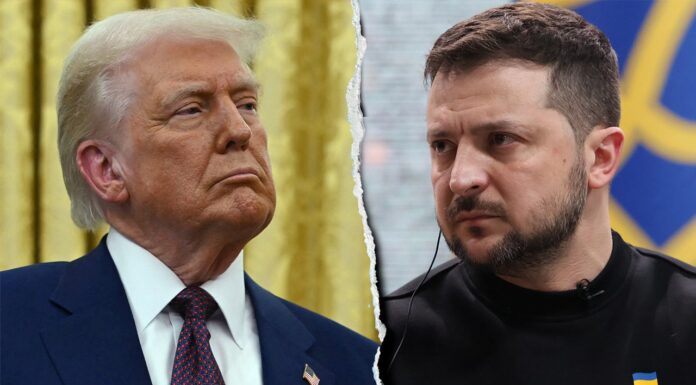
It’s one of the most recognisable moments in film history, but the final scene of Casablanca wasn’t quite what it looked like.
Since it came out as the 1942 film’s closing sequence, the foggy goodbye between Humphrey Bogart’s Rick and Ingrid Bergman’s Ilsa has been celebrated as one of cinema’s most recognisable images.
The backdrop – a plane preparing for take-off in the mist at night – seemed simple enough. But the reality behind how that scene was filmed has surprised even long-time fans of the film.
Because the film was made during the height of the Second World War, filming was not allowed to take place at an airport after dark. Instead, the production, limited by wartime constraints and a tight budget, created the entire airport set on a Warner Bros. soundstage. The “plane” in the background wasn’t a full aircraft – it was a reduced-scale cardboard replica.
To help sell the illusion, the crew hired little people to act as mechanics, making the plane appear larger by comparison. The use of forced perspective – where the positioning of objects and people manipulates perceived size – was paired with layers of artificial fog to obscure details.
The story is confirmed in various making-of documentaries and books, including the Blu-ray extra Casablanca – You Must Remember This… A Tribute to Casablanca and Aljean Harmetz’s detailed production account Round Up the Usual Suspects.
For most viewers, the scene plays out without any hint of how it was achieved. But once noticed, the clever staging becomes a fascinating part of the film’s legacy.
Interestingly, Casablanca wasn’t the last film to use this approach.
Nearly four decades later, Ridley Scott used a similar technique while filming Alien (1979). In the scene where the crew discovers the fossilised body of the giant “space jockey,” Scott wanted the set to feel massive. Instead of building a large-scale prop, he put his two young sons, Jake and Luke Scott, along with a friend, into custom-made, scaled-down spacesuits. The smaller actors made the cockpit and the skeletal remains appear gigantic in comparison.
Other examples of forced perspective in film history include Darby O’Gill and the Little People (1959), where the effect was used extensively to show leprechauns next to human-sized characters.
More recently, Peter Jackson relied heavily on the same technique throughout The Lord of the Rings trilogy to portray Hobbits as significantly smaller than other characters, often using moving sets and split diopter lenses to maintain the illusion in-camera.
















